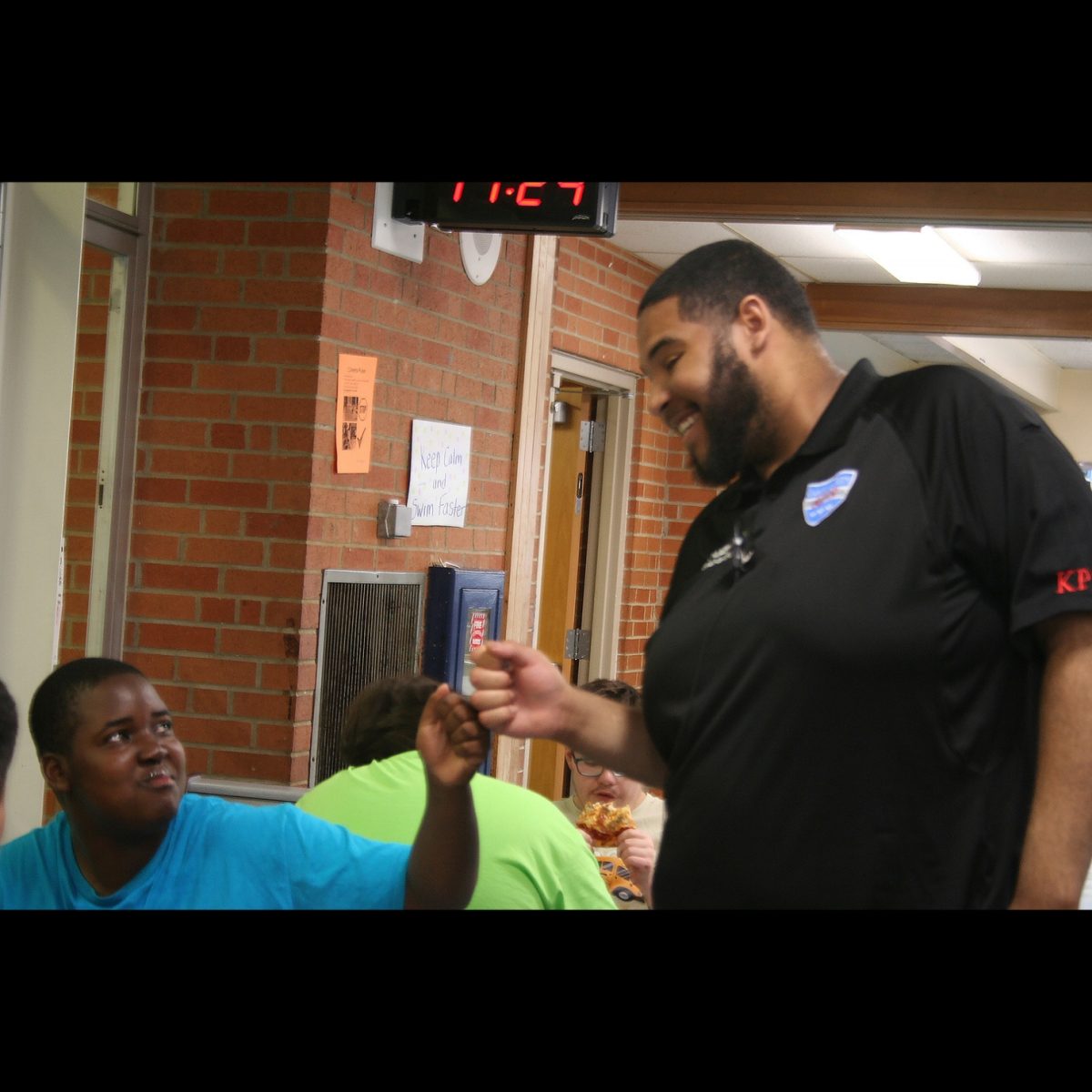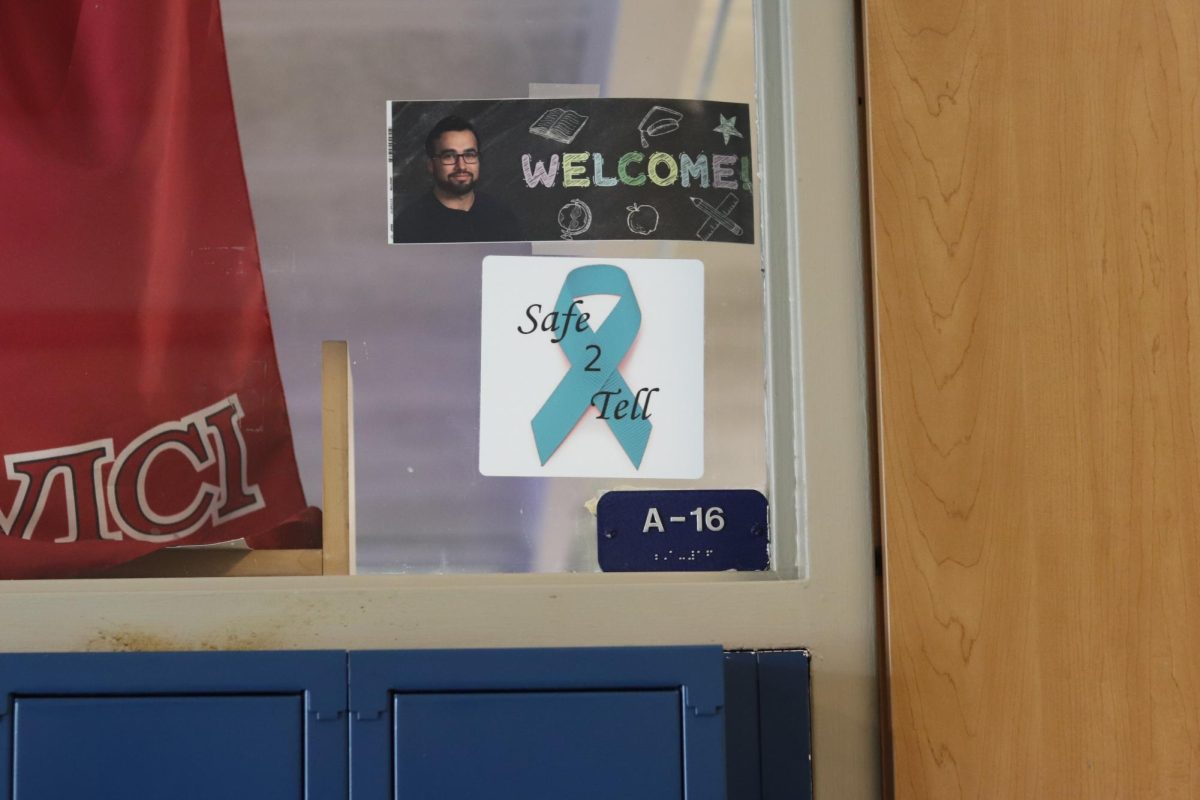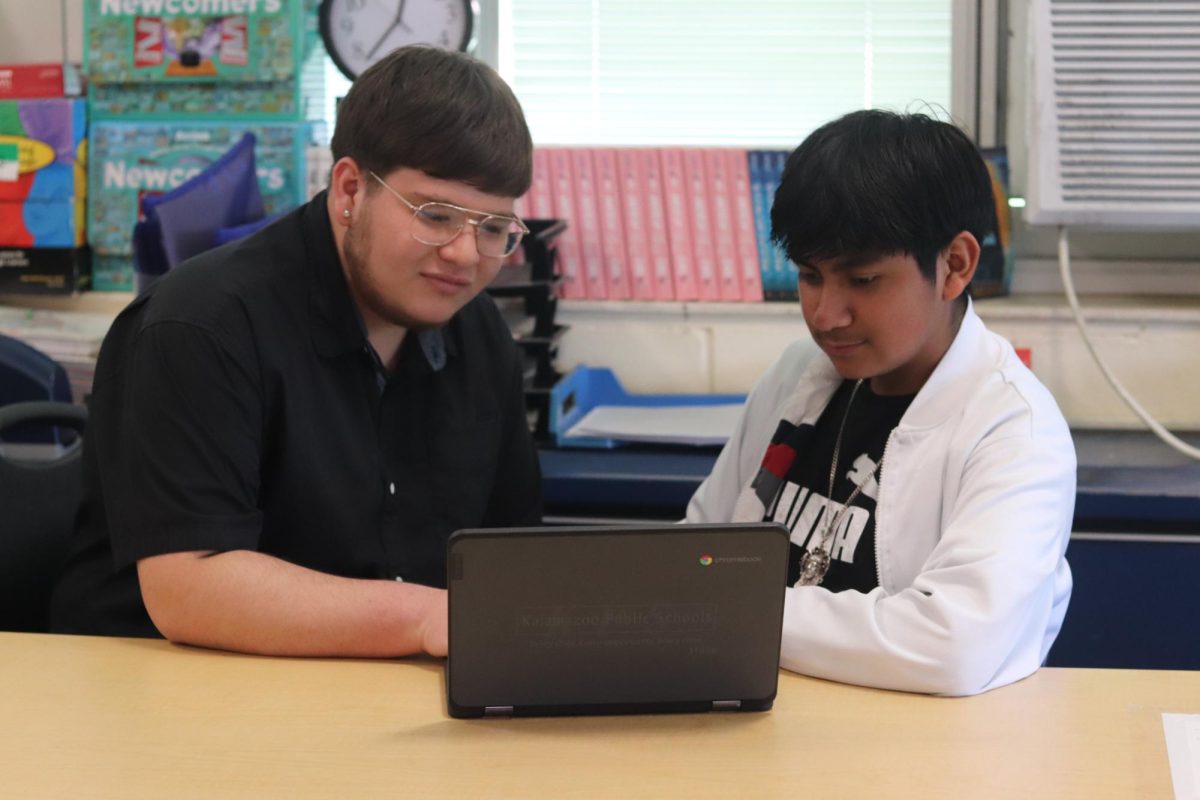Privately owned news publications can be biased but there are benefits to local newspaper publications
This is Hannah Locke, the Editor in Chief for the 2022-2023 school year. We are all very proud of her.
June 12, 2023
Privately owned news publications can be biased but there are benefits to local newspaper publications
Kalamazoo is a vibrant city with more than 20 neighborhoods and a population of around 73 thousand people. There are events that occur weekly and local politics drive communities and the public schools district.
With so much going on in the Kalamazoo community, you would think local coverage is consistent and well-funded. And yet, it falls short.
Privately owned publications dominate the news industry in the city of Kalamazoo
The two primary organizations associated with Kalamazoo are MLive and WWMT.
MLive, along with covering Kalamazoo, covers Ann Arbor, Flint, Muskegon, Grand Rapids, Saginaw and Bay City. WWMT covers local news as well as national news.
The issue that arises with both these publications, apart from the fact that their coverage of Kalamazoo is lacking and oftentimes drowned out by coverage of other cities and Michigan as a whole, is that they are owned by larger corporations.
MLive is run by Advance Publications, a privately owned media group that also owns Conde Nast Publications, Parade Publications, Fairchild Publications and American City Business Journals. WWMT is owned by Sinclair Broadcast Group, which owns and operates 294 television stations in the United States.
Advance Publications is owned by the Newhouse family, the 10th richest family in the United States according to Forbes, who have a net worth of $30 billion as of 2020.
Sinclair Broadcast Group’s board of directors is chaired by David Smith who is also the largest individual shareholder in the company and whose shares are currently valued at approximately $57 million.
Private ownership of newspapers is a national issue that drives polarization and politics and also creates a disconnect between the people reading the news and the people providing it.
The problem with these individuals funding these large, heavily influential companies is that they are essentially deciding what is being covered. Also, they have large conflicts of interest, considering how much stake they have in the success of their companies.
For example, Smith is a Republican and granted the majority of his political donations to Republican caucuses, according to a Washington Post article written by Eli Rosenberg.
“Sinclair has been spotlighted for injecting right-leaning coverage and commentary on national issues into its local broadcasts,” Rosenberg wrote.
This influence on coverage sparks issues from both sides of the aisle and the coverage of local areas by these privately funded corporations is swayed, thereby affecting the information that people receive and affecting how they view politics and community issues, how they vote and American democracy as a whole.
“A 2011 report by the Federal Communications Commission found that local newspapers are the best medium to provide the sort of public service journalism that shines a light on the major issues confronting communities and gives residents the information they need to solve their problems,” wrote Penelope Abernathy in The Loss of Local News: What it Means for Communities.
An essential way that residents have the ability to “solve their problems” is through voting in local and national elections. Media coverage of candidates, issues and elections is what drives voters to the polls and how voters get the information they need to make informed decisions when it comes time to fill out their ballot.
If community members are receiving their information from a publication that is owned by a larger corporation, there is a greater chance that they are not receiving unbiased news.
NowKalamazoo reports on issues key to Kalamazoo community residents
Issues regarding bias in news coverage can be solved by a greater influx of resources being put into community publications. Local, unbiased news, written by members of the community and published by organizations funded by the public, is where an essential facet of American democracy thrives. More informative, localized, unbiased news coverage makes for a smarter, larger electorate which allows for progress within our democracy. And when local journalism is truly written by people in the community, who know it inside and out, that provides another layer of truth and reliability.
Local publications in Kalamazoo, written by community members, are few and far between, with the most consistent and reliable source right now being NowKalamazoo. NowKalamazoo is a local, independent news source funded by grants, donations and sponsorships.
Founder of the publication and Loy Norrix student newspaper, Knight Life, alumnus, Ben Lando said, “Our motto right now is: whenever we get funding, we put it into doing more and better work.”
The website clearly states their commitment and focus “on publishing important stories that strategically fill gaps in community coverage of Kalamazoo County, with a mission to create and leverage high quality news and information as a dialogue facilitator and thought leader.”
“Over the past 10, 15, 20 years in particular, there has been fewer news organizations and those news organizations that are around have fewer reporters,” said Lando, “That means that there is less coverage in our community, of all different aspects of our community and less opportunity for deep dives into a specific topic, so that is what we’re looking at.”
Lando brings up another reason for the lacking local coverage from the other publications in Kalamazoo: decreasing numbers of reporters in the workforce.
According to the Columbia Journalism Review, “Bureau of Labor Statistics reports an astounding 57 percent decline in newspaper newsroom employees – from 71,640 to 30,820 –since 2004.”
With a staff of 12 full-time and part-time community reporters, photographers and editors, NowKalamazoo works to publish stories on their website as well as send out a daily newsletter that provides a round-up of current news and events happening in the community.
“Our approach to filling the gaps is where are there types of stories or coverage that are not being done and where can we step in and do that and how do we find specific topics and really dig deep,” Lando said.
“You can have stories that are factually accurate, but they don’t tell a full story. They’re factual, but not honest, by omission or it just doesn’t get to the level of nuance that is very common in life,” Lando continued. “Nothing is really black and white. There are so many different elements to it, and if we’re not spending the time to understand the story and spending the time to tell the story in all of its nuance…then we’re not getting to the root of the problem or of the solution.”
Coverage like this is exactly where Kalamazoo publications are falling short and Now Kalamazoo’s commitment to digging deeper and exploring the many facets of Kalamazoo shows how important it is to have community members covering communities.
“That’s ultimately our goal, is to be a participatory member of the community in identifying problems and identifying solutions in as honest and equitable a way as possible,” Lando said.
MLive has been around for 12 years, with the Kalamazoo Gazette – a publication that merged with MLive and is now directly associated with the company– being around since 1834. Now Kalamazoo was founded in 2019.
“Getting our name out there, brand recognition and things like that is another struggle that we have,” Lando said.
Making publicly-funded news organizations more popular and putting more resources into these publications will have nothing but beneficial impacts on communities and local democracies.
Turnout in local elections is essential for a functioning democracy and studies have shown that increasing local coverage through mediums like local publications has the potential to foster greater voter participation.
When clicking onto MLive’s exclusively Kalamazoo coverage, the most frequent stories cover crime and tragedy including the occasional update on what is going on in KPS. Other stories, listed under Kalamazoo, are not relevant to local politics and do little to inform community members.
Similarly, WWMT’s Kalamazoo coverage primarily focuses on crime or state issues.
When readers look for community stories, and they stumble upon MLive, their search will, more often than not, turn up short.
By turning the community’s attention towards publications like NowKalamazoo, there is the potential to put resources into an organization that is committed to taking a deep dive into our community and providing clarity to the people who live here. This clarity proves to be nothing short of essential for a strong, well-informed community.












Isabella Figueroa • Jun 15, 2023 at 11:32 am
Awesome article! I am super proud of you!